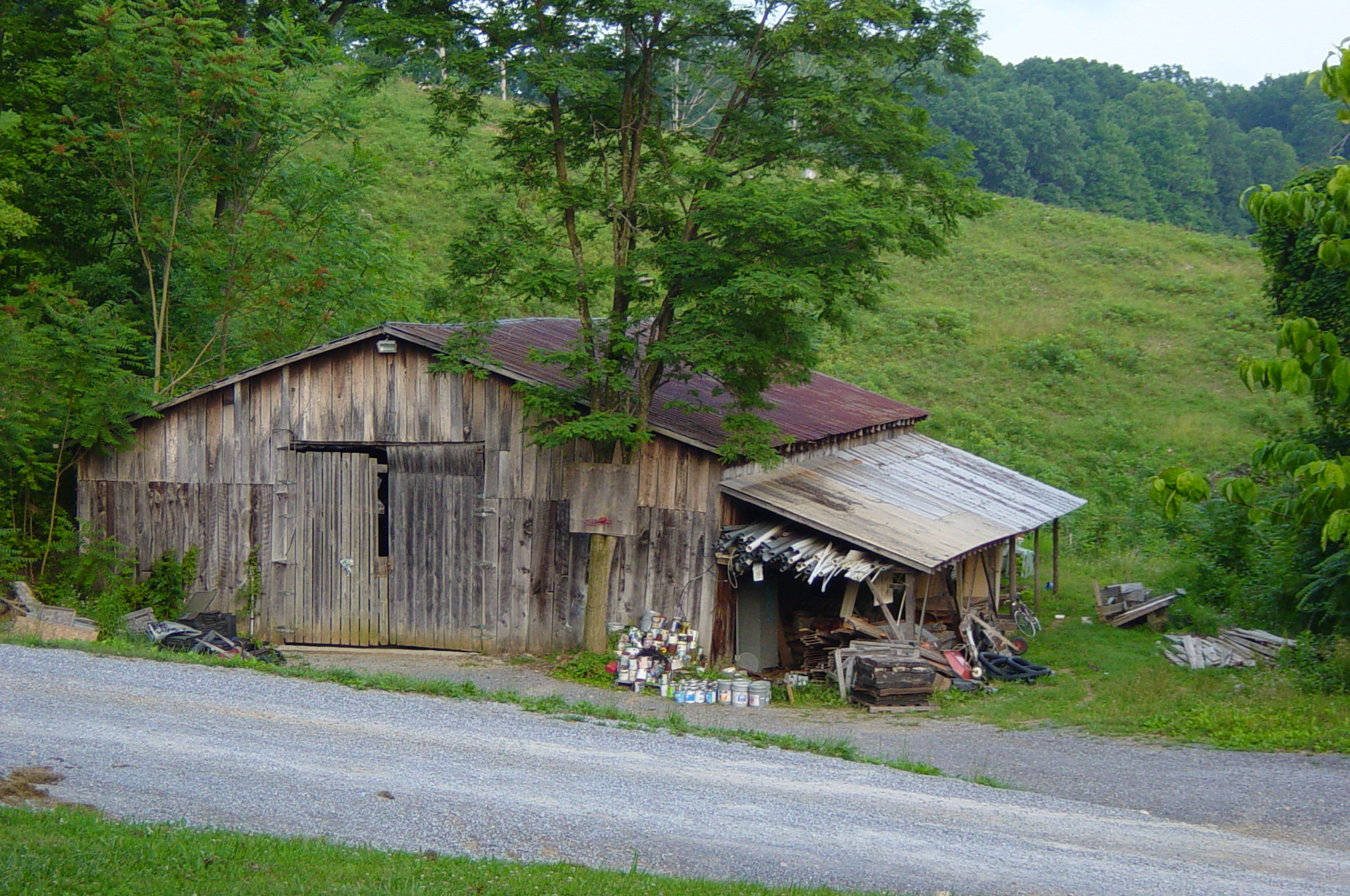Is Appalachia the East Germany of the 21st century?
That is a question that was recently posed when it comes to the arguments over reducing versus increasing immigration numbers in the U.S. Arguments can be made that an increase in immigration and a subsequent diverse economy of ideas and workers benefits historically stagnated areas.
A provocative analogy recently posited by New York Times conservative columnist David Brooks, expanded upon by The Roanoke Times, likens the demographic and economic situation in Appalachia to that of the Soviet-era East Germany. It must also be said that Brooks is not defined as a conservative by his recent voting record, but in the classical sense. Nevertheless, he hits upon some of the reasons Appalachia is not awarded high-tech jobs from booming companies and is left with a homogeneous culture represented by a stagnated economy.
“‘If you start in rural New England and drive down into Appalachia or across into the Upper Midwest you will be driving through county after county with few immigrants,’ Brooks wrote. ‘These rural places are often 95 percent white. These places lack the diversity restrictionists say is straining the social fabric.’
Are these counties marked by high social cohesion, economic dynamism, surging wages and healthy family values? No. Quite the opposite. They are often marked by economic stagnation, social isolation, family breakdown and high opioid addiction.”
One can make the case that simple geography has left Appalachia without the industrial cities that compound the results of great economic times. For example, it is extremely tough to construct complex transportation networks in mountainous areas – that is a problem all over the world.
However, even though the U.S. energy sector was driven away from coal mining during the Obama Adminstration, even during the best of times, Appalachia has never done well. It seems industriousness only goes so far to grow an area and benefit its people when it is based around one or two things.
“Brooks goes on to quote the conservative (and quite controversial) author Charles Murray, who has written that ‘the feasibility of the American project has historically been based on industriousness, honesty, marriage and religiosity.’ Brooks agrees with that point, but then goes on to say ‘it is a blunt fact of life that, these days, immigrants show more of these virtues than the native-born.’
Immigrants, Brooks points out, ‘start new businesses at twice the rate of nonimmigrants . . . Immigrants have much more traditional views on family structure than the native-born and much lower rates of out-of-wedlock births. They commit much less crime than the native-born. Roughly 1.6 percent of immigrant males between 18 and 39 wind up incarcerated compared with 3.3 percent of the native-born.'”
The facts are clear, Appalachia is very homogeneous. In fact, there has not been a great migration to the area since Europeans began settling there in the mid-18th century. Furthermore, the region has not seen a significant economic boom since the era of reconstruction in the late 19th century when southern demand for coal and lumber drove business opportunities in the mountains and valleys.
Although Appalachia has a somewhat one or two-trait demography and economy, those traits have not helped its economic growth. By this measure, the case can be made that the lack of immigration has actually hurt Appalachia, which is where the comparison with East Germany can be made.
After the heads of state of the world’s superpowers met in the Black Sea resort town of Yalta to carve up post-WWII Europe, the eastern-most portion Germany was Soviet a zone of Communist occupation. This effectively led to the beginning of an experiment between the fruits of capitalism and communism. The results are undoubtedly obvious, but Brooks claims the U.S. has, “willy-nilly, conducted a similar experiment.”
“The nation’s cities have embraced immigration; rural areas have not. ‘The results are just as clear as in the German case,’ Brooks writes. ‘Between 2014 and 2016 the counties that embrace diversity accounted for 72 percent of the nation’s increased economic output and two-thirds of the new jobs. The approximately 85 percent of counties that support restrictionists like Donald Trump accounted for a measly 28 percent of the growth.'”
Some may consider these sweeping economic generalizations. Considering high-growth cities place a higher value on education and advanced skills and low-to-no-growth rural areas place value of the extraction of natural resources, the inherent economic advantage goes to the metropolitan areas. These areas are based on the creation of new ideas, not the extraction of tangible goods.
“In Silicon Valley, nearly 47 percent of adults have at least a bachelor’s degree. The national average is 30 percent. For the New River-Roanoke-Lynchburg region, it’s 25 percent. West of Wytheville, it’s 13.9 percent. In Southside, it’s 13.5 percent. Given those figures, it’s no wonder that new economy jobs cluster in metro areas and bypass rural ones, no matter what their demography.”
So, does the lack of diverse demographics end with a lack of a thriving, diverse economy?
“The state’s GO Virginia economic development councils — dominated by business leaders — are hardly a hotbed of political correctness. However, the report issued by the Richmond area council quoted human resource directors who warned that the city’s Civil War background made it difficult to recruit new talent: ‘The HR directors felt that they had to overcome a sense from people outside the area that Richmond was still the Capital of the Confederacy and not the ideal place for professionals who wanted to live in a vibrant, culturally diverse location.’
Likewise, at one recent meeting of the GO Virginia economic council for the Lynchburg-Roanoke-New River Valley region, one health-care executive cited the region’s lack of diversity as obstacle when it comes to recruiting outside talent. It’s also notable that when Amazon listed the criteria for its much-ballyhooed second headquarters, one of the key criteria was ‘the presence and support of a diverse population.'”
The argument from Brooks claims that the reason for economic stagnation in Appalachia is a low-skilled native workforce and a lack of high-skilled immigrants. While it is understandable that the reason Appalachia has stayed basically the same for the last 300 years is a lack of economic progress, it cannot be ended on the fact that economic stagnation has its roots only in a lack of immigration.
Appalachian people have a history of industriousness, but failed to reap the benefits of a fast-growing nation.
Though, it could be that the public’s perception of Appalachia has something to do with it. The culture in Appalachia is more simple than it is elsewhere – that is not a degradation of the people, rather a complement.
It is uncommon to find a place where one can live an isolated existence. Living an isolated existence has a lot to do with the fact that Appalachian Mountain people are so unique in their love of their fellow man and the way they treat their fellow man – they take care of each other, something that is now uncommon itself.







